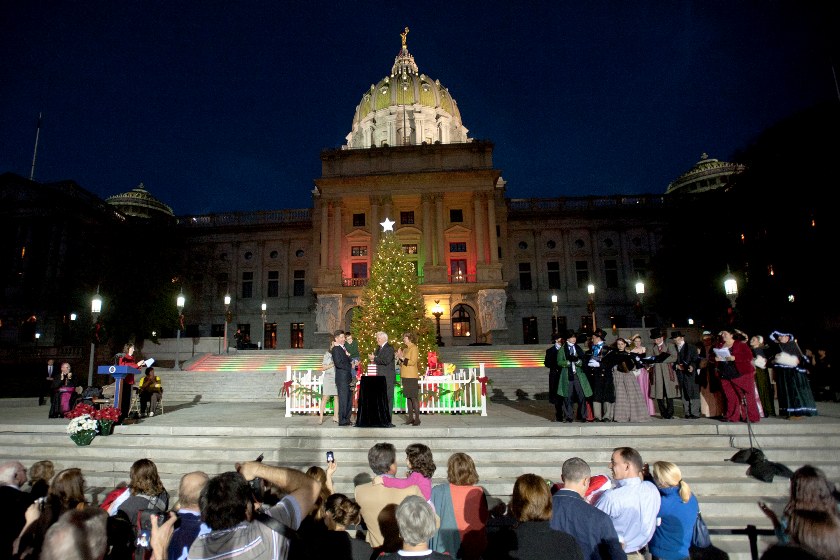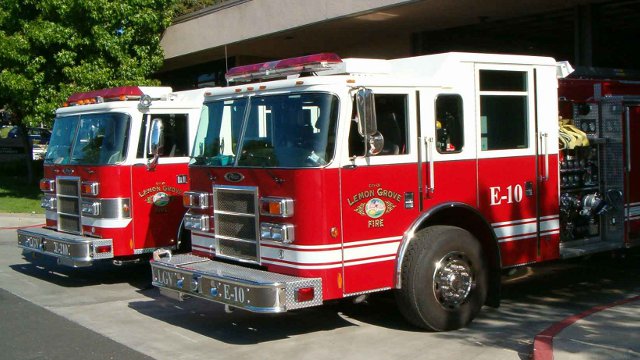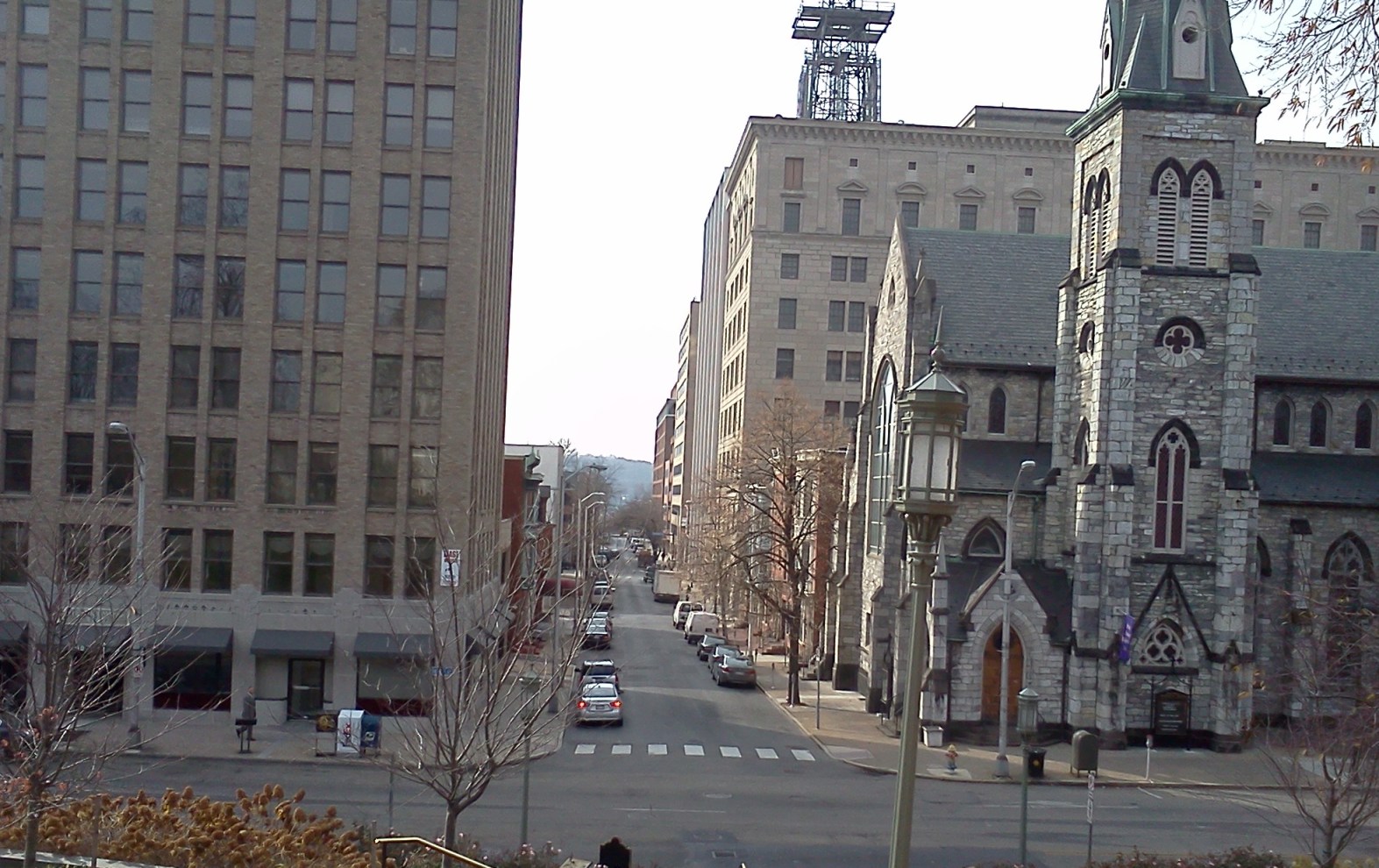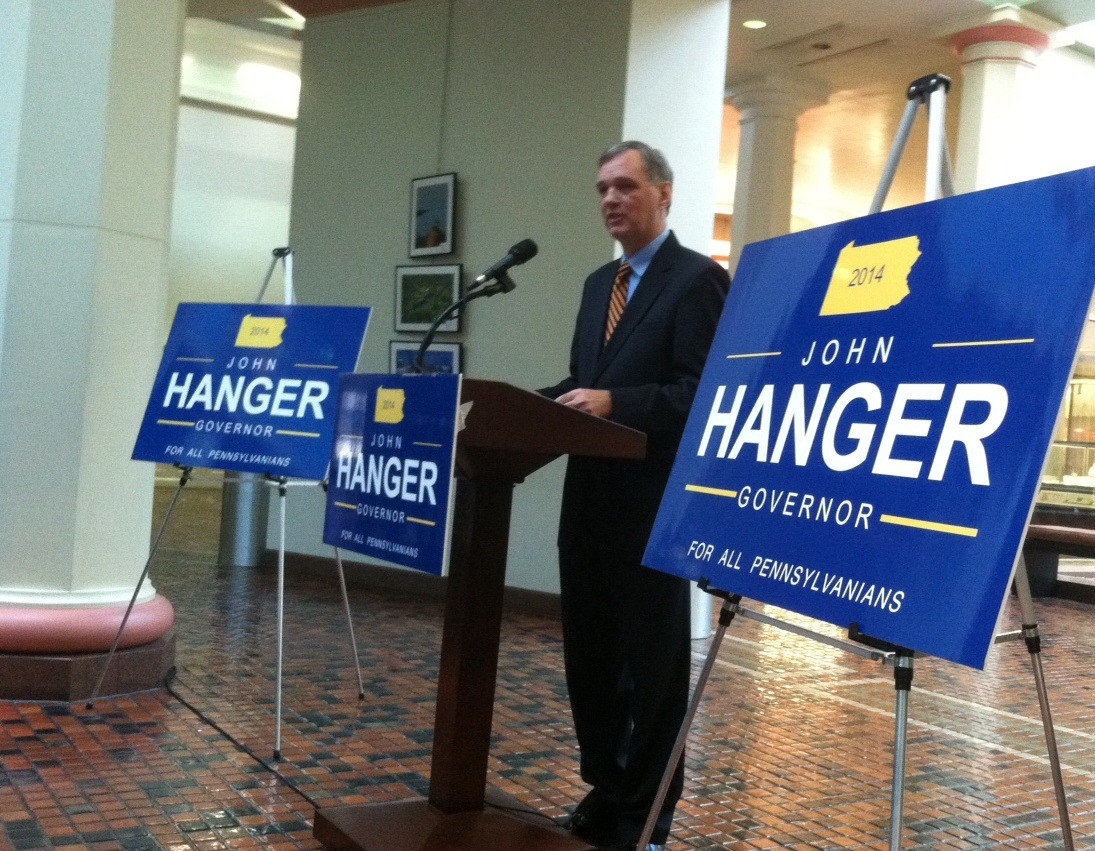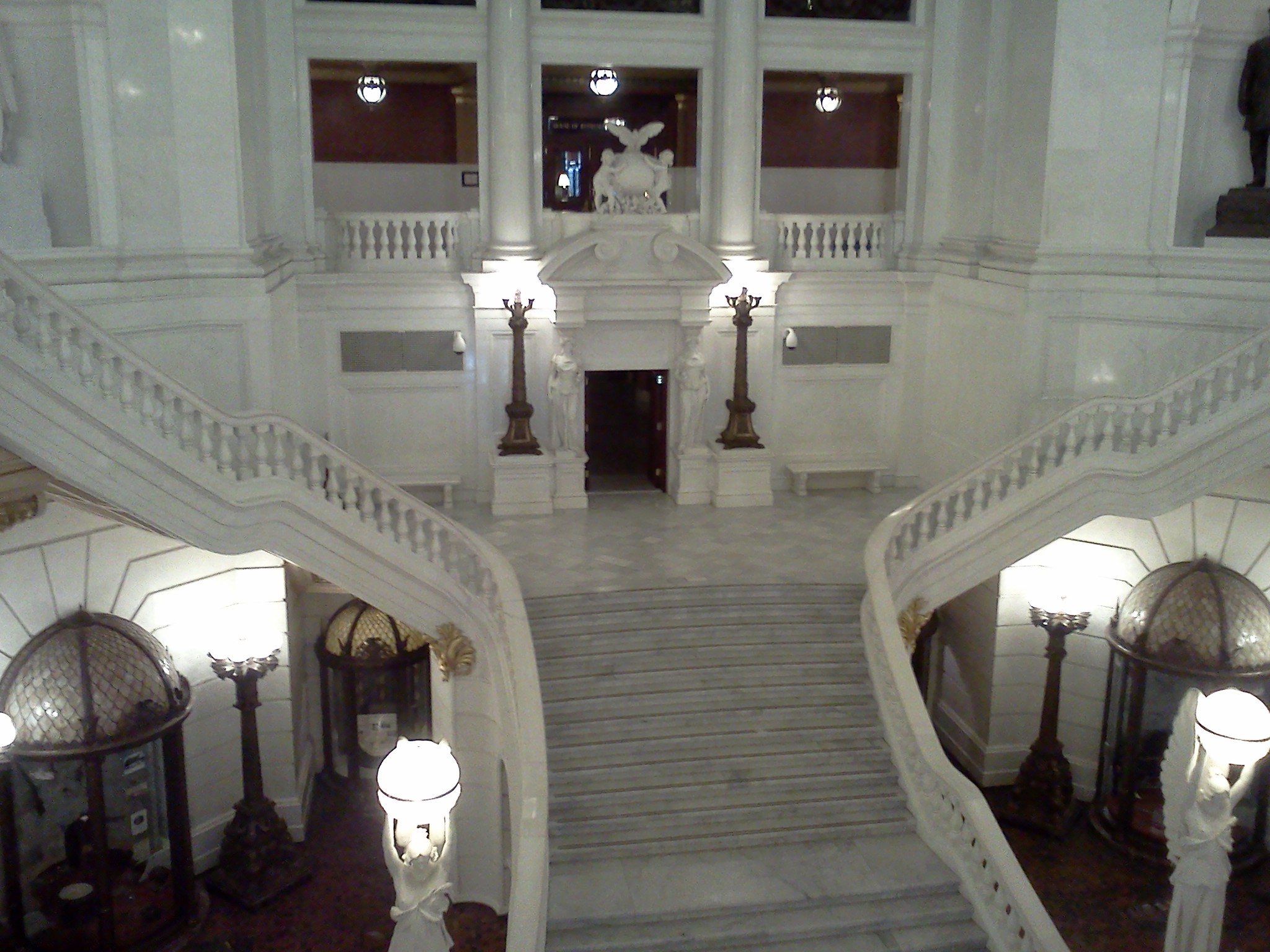Governor Corbett Ushers in the Holiday Season
Governor Tom Corbett was joined by First Lady Susan Corbett and Lieutenant Governor Jim Cawley in lighting the state Capitol Christmas tree Tuesday, officially kicking off the holiday season in Harrisburg.
This year’s tree is a 22-foot Douglas Fir grown by Crystal Springs Tree Farm in Carbon County. The tree was donated by the Pennsylvania Christmas Tree Growers Association, which also contributed 28 additional trees to be used in and around the state Capitol complex. After many years inside under the Capitol dome, this year’s main attraction is located outside, on the Capitol steps. Governor Corbett says he wanted to share the tree with the people of Harrisburg and those who come to the city from around the state.
While preparing to light the tree, the governor asked all Pennsylvanians to remember our soldiers serving overseas this holiday season.


